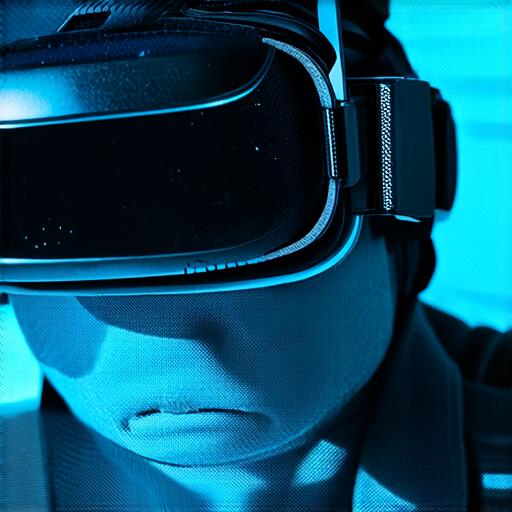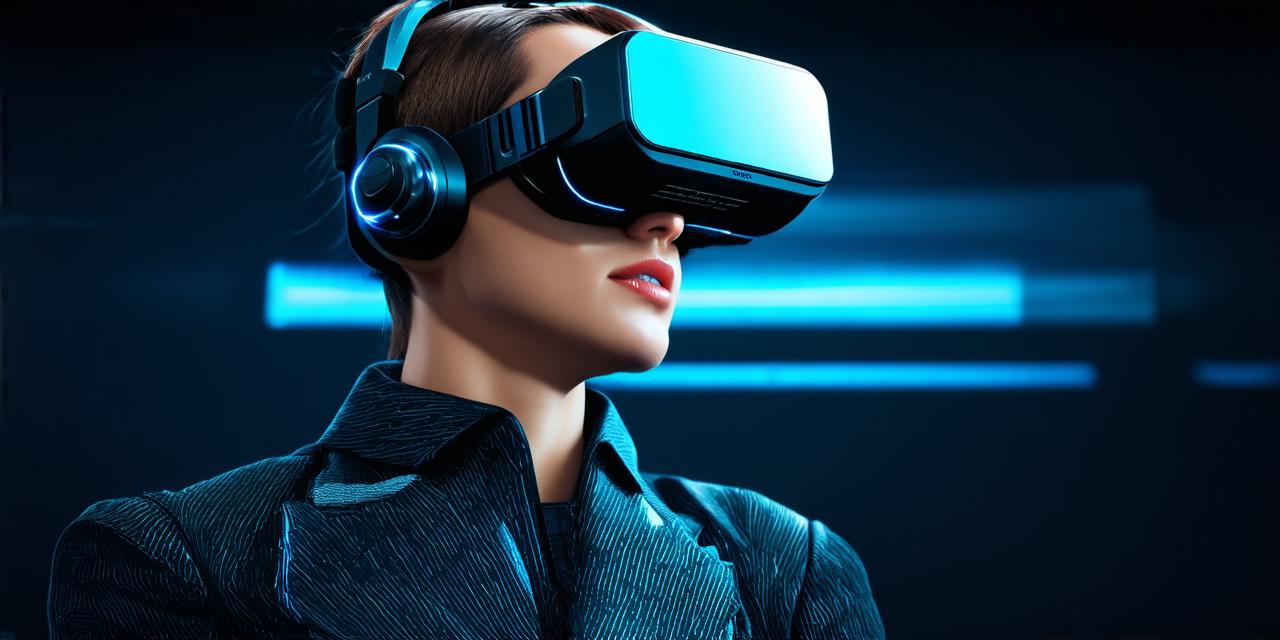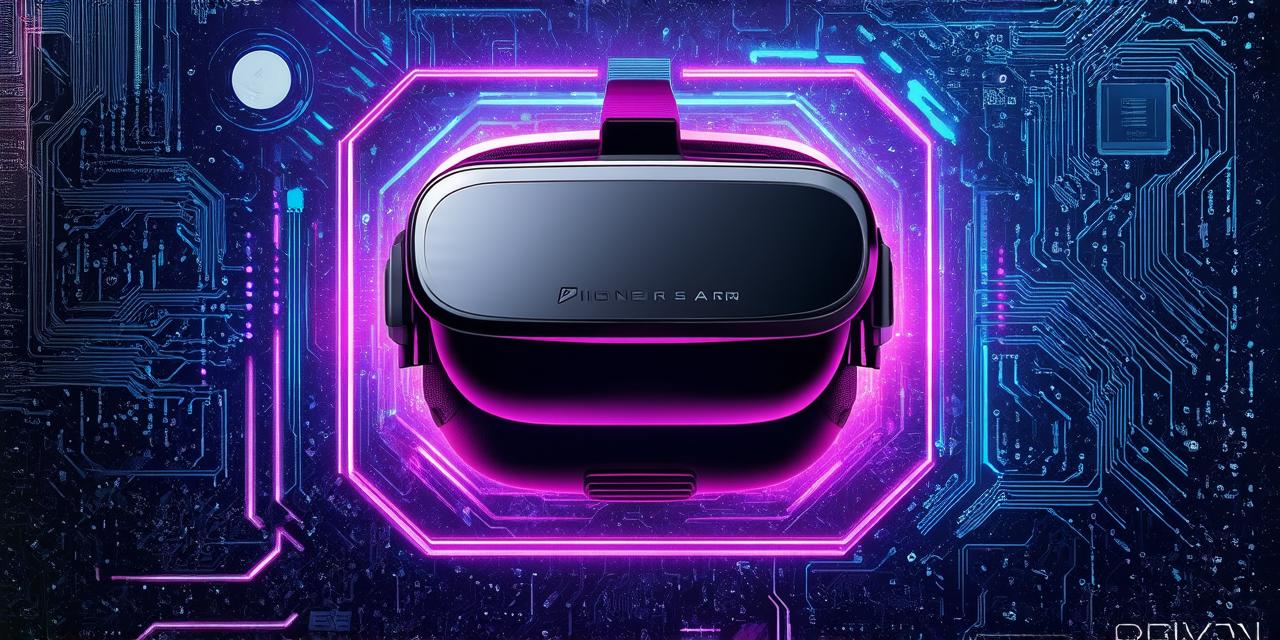Introduction
Virtual Reality (VR) has revolutionized the way we interact with digital content, offering immersive experiences that blur the line between the real and virtual worlds. However, like any technology, VR comes with its own set of drawbacks. This article aims to shed light on some of these potential issues.
Isolation and Social Disconnection
One of the most significant drawbacks of VR is the risk of social isolation and disconnection. When users immerse themselves in a virtual world, they may neglect real-life interactions, leading to feelings of loneliness or disconnection from society. This can be particularly problematic for vulnerable individuals such as the elderly or those with mental health issues.
Physical Health Risks
VR can pose physical health risks, primarily due to its immersive nature and the lack of real-world feedback. Prolonged use of VR can lead to eye strain, headaches, dizziness, and even motion sickness. Additionally, the sedentary nature of VR can contribute to weight gain and other health issues associated with a lack of physical activity.
Technological Limitations and Cost
VR technology is still in its infancy, and as such, it comes with significant technological limitations. High-end VR systems require powerful computers and expensive hardware, making them inaccessible to many people. Furthermore, the quality of VR experiences can be limited by factors such as latency, resolution, and graphical fidelity.
Dependence and Addiction
Like any addictive technology, there is a risk that users may become overly dependent on VR. This dependence can lead to withdrawal symptoms when the user is unable to access VR, and in extreme cases, it can even lead to addiction. The long-term effects of such addiction are not yet fully understood, but they could potentially include mental health issues, social isolation, and physical health problems.
Privacy and Security Concerns

VR systems often require users to wear headsets that track their movements and collect data about their interactions within the virtual world. This raises significant privacy concerns, as it is unclear who has access to this data and how it is being used. Furthermore, VR systems can be vulnerable to hacking, with potential attackers able to manipulate a user’s virtual environment or gain access to sensitive information.
Summary
While Virtual Reality offers numerous benefits, it is essential to acknowledge and address its drawbacks. By understanding these issues, we can work towards creating VR technology that is accessible, safe, and socially responsible. As with any technology, the key lies in striking a balance between innovation and caution.



